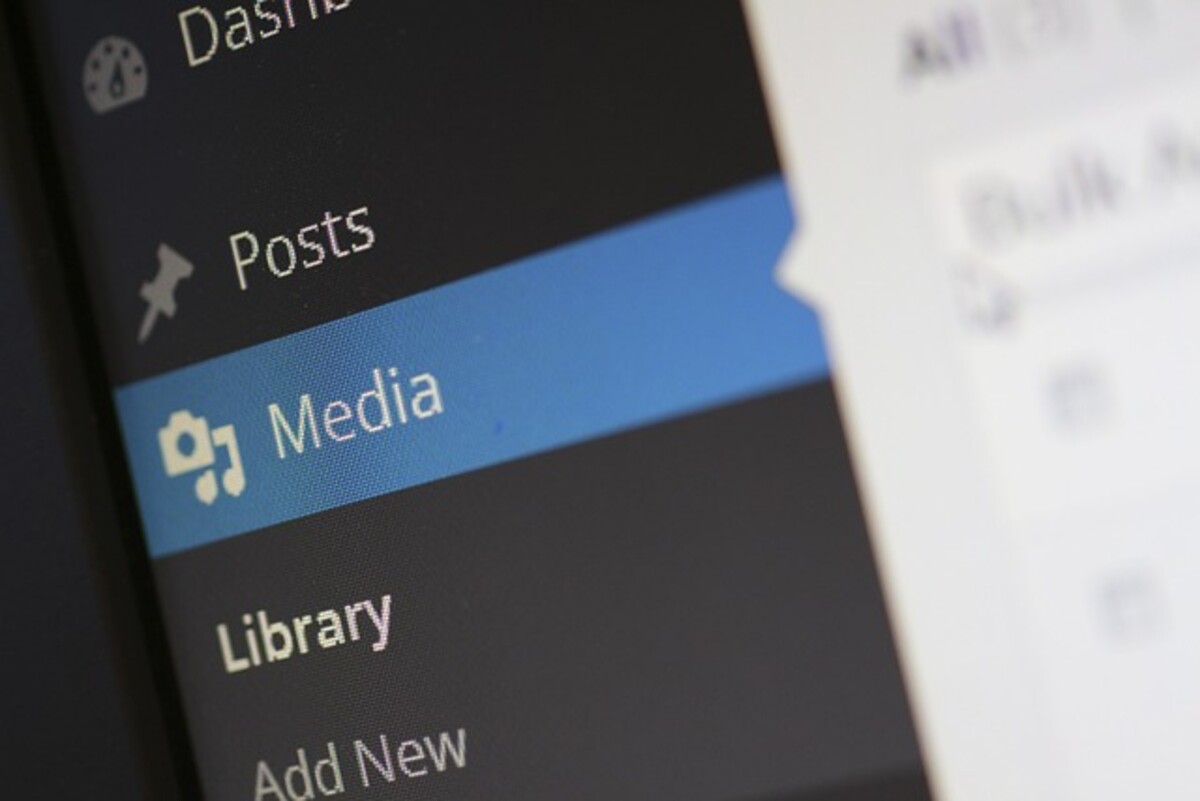Making a website has never been more straightforward than now, thanks to the abundance of free, open-source platforms explicitly designed for the purpose.
For your convenience, I will attempt to summarize the complete website installation process in this article. Please begin.
We’ll go through in detail the three required stages for setting up your website:
• Choosing a System.
Choose a domain name and web host.
• We have successfully installed the platform and are ready to develop the website.
Follow these instructions if you want an easy-to-understand and functional website with minimal code. Let’s break this down and talk about it.
Choosing a System as Step 1.
You must build your website on a reliable platform. It functions similarly to a base around which your website is constructed.
The most well-known open-source content management systems (CMS) are WordPress, Drupal, and Joomla!, all free to use.
Drupal and Joomla! are great options if you have experience with both clients- and server-side programming. WordPress is the best option for non-technical users that lack coding expertise. Because of this, WordPress has attracted a vast user base and has become the de facto standard for building websites.
Some of WordPress’s many benefits will be discussed here.
Free of charge.
Simple to set up, it gives you access to a wide variety of free themes and extensions for your website.
• Works equally well for both modest and massive websites.
Designing Mobile-Friendly Websites.
For these reasons, WordPress has surpassed all others as the go-to platform for newbies.
The second step is to select a web host and domain name.
You’ll need a domain name and hosting to launch a website online.
Depending on your preferences, monthly domain name and web hosting costs might range from $3 to $30.
Your domain name ought to be something that people will remember and be interested in. Use only the.com ,.net, or.org extensions.
Step Three: Installing WordPress.
Assuming you already have a domain name and web hosting, installing WordPress is the next logical step in creating your website. The following outlines the procedures involved in setting up the system.
• Simple, One-Click Setup
WordPress’s “one-click installation” is available from several reliable web hosts, including Enterprise Web Cloud. Installing is simple; do as I say.
Step 1: Sign into your web host’s control panel.
(2) Look for a button labeled “WordPress” or “Website” in the admin area.
The third step is to decide on a domain name for your website.
Access your WordPress site by clicking the “Install Now” button in step four.
• Setup That You Do Yourself.
Manually installing WordPress is the way to go if your web server doesn’t support the “one-click Installation” feature.
(1) To obtain WordPress, go to the official website and click the “Download Now” button (http://wordpress.org/download).
Then, (2) open the zip file and unpack WordPress to a new folder on your desktop.
The next step is to rename the file wp-config-sample.php to wp-config.php.
(4) In Notepad, open up-config.php and add these lines:
Database name (if you don’t know it, consult your hosting support): define(‘DB_NAME,’ ‘database_name_here’);
The username for your hosting account is: define(‘DB_USER’, ‘username_here’);
Your hosting account’s database password: define(‘DB_PASSWORD’, ‘password_here’);
After completing the form, save the file.
(5) Access your hosting account using FTP. Typically, your FTP address will be ftp.yourdomain.com, and your login credentials will be the same ones you used to sign up with your web server.
Remove any files with the name “index” The next step is to transfer the WordPress folder’s contents to the FTP server. The FileZilla “drag n drop” feature may accomplish the same thing.
After you have finished the preceding step, go to the following URL: yourdomain.com/wp-admin/install.php. This is how the final page should look:
Now that you can access the necessary forms, you can develop your website.
We trust that this guide has helped you understand the setup procedure thoroughly. Your plan to create a website is approved.
Read also: Instructions For Putting In A New Pool Liner

